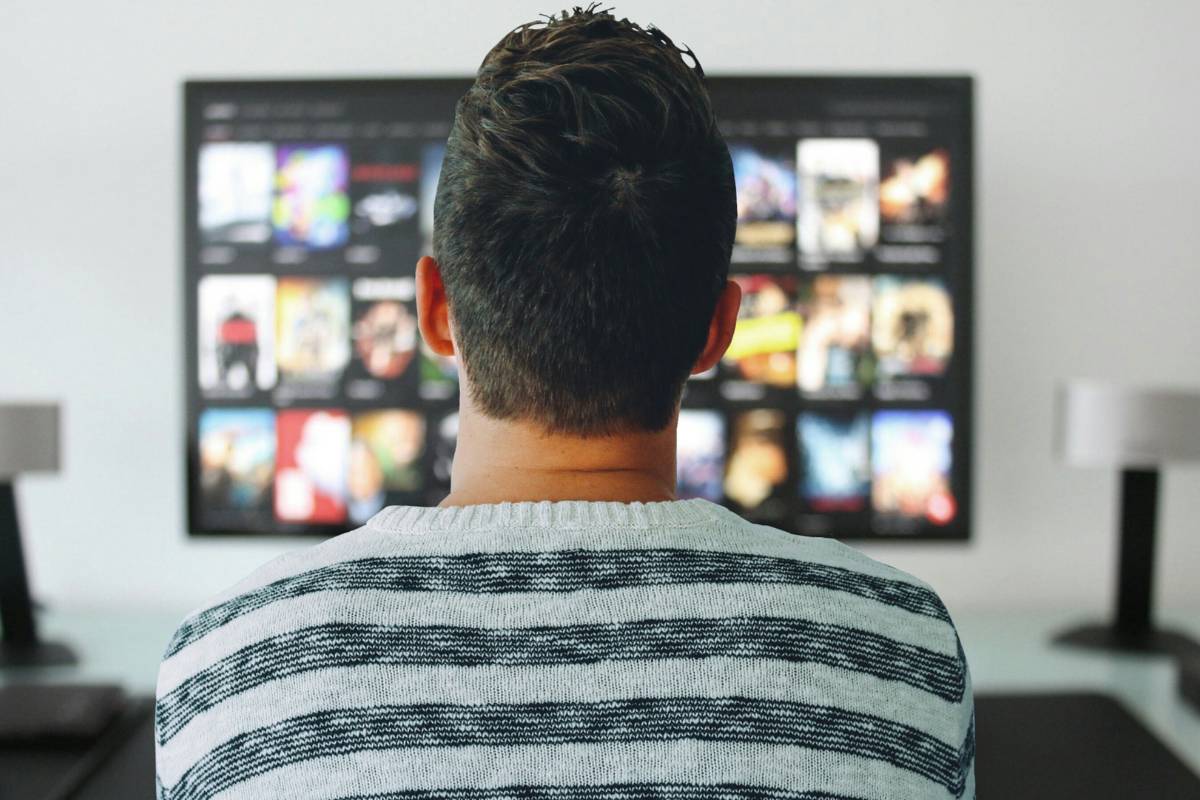

As someone who’s constantly toggling between the latest tech trends and the nostalgic pull of traditional media, the ongoing debate between cable and streaming services hits close to home. Let’s dive into what 2024 has in store for these two contenders and which might just save you some money, not to mention provide the entertainment you crave.
The television industry has been undergoing a seismic shift, with the rise of streaming services fundamentally altering how we consume media. As of 2024, the landscape is more complex and diverse than ever, offering consumers a wide array of choices that cater to different needs and preferences.
Streaming services have exploded in number and variety, each carving out niche spaces or attempting to be the new one-stop-shop by offering extensive libraries of films, series, and exclusive content.
Giants like Netflix, Hulu, and Amazon Prime Video have been joined by numerous others including specialized platforms like Disney+ for family and franchise content, and Peacock for NBCUniversal’s broadcast stalwarts. This fragmentation ensures that there’s something for everyone but also leads to subscription fatigue, as keeping up with multiple subscriptions can become both complex and costly.
Despite predictions of its demise, cable television has not only persisted but found ways to remain relevant. Many consumers continue to prefer cable for its reliability in delivering live events such as sports, real-time news, and other live broadcasts that streaming services can sometimes struggle to provide seamlessly.
Cable companies have also responded to the competitive threat of streaming by offering more flexible pricing packages, bundling options, and improving their technology with enhancements like cloud DVR capabilities.
Interestingly, the distinction between cable and streaming is becoming blurrier. Cable companies are increasingly incorporating streaming-like features, offering their own on-demand content accessible on multiple devices. Conversely, streaming platforms are securing rights to broadcast live sports and events, traditionally the stronghold of cable.
This convergence suggests that the future will likely hold a hybrid model, where consumers can enjoy a blend of both worlds, choosing based on content availability, user experience, and cost-effectiveness.
In 2024, the financial aspects of choosing between cable and streaming are more relevant than ever. With an array of options on both sides, understanding the cost implications can help consumers make informed decisions that align with their budgets and viewing preferences. Here’s a detailed breakdown of the costs associated with each option.
Overall, while streaming services typically offer a more cost-effective and flexible approach, the total cost can approach that of cable when multiple subscriptions are combined with the necessary internet service. Cable, while generally more expensive, may still be valuable for those who prefer simplicity, live content, and bundled service deals. Understanding these costs and how they fit into your overall entertainment and financial goals is crucial in choosing the right option for 2024.
I’ve seen friends and family make choices based on their lifestyles. My parents stick to cable; they love their routine of morning news and evening game shows. In contrast, my sister, who travels a lot, prefers streaming for its flexibility and on-demand content access.
So, which is better? It depends on what you value. If you’re all about saving money and enjoying a wide range of content on your terms, streaming is the way to go. But if you’re a sports fan or prefer a more straightforward, all-in-one solution, cable might still be worth the expense.
Navigating the world of TV in 2024 isn’t simple, but understanding your options can certainly help in making a decision that best fits your lifestyle and budget. Whether you cut the cord or keep it, there’s no right or wrong—just what works best for you.
Digital marketing refers to the practice of employing online channels such as search engines, social…
Companies must adopt swift changes in virtual landscapes if they are to retain a competitive…
Reduction of weight and excellent health throughout life is based on consuming the healthiest vegetables.…
Outdoor events present a range of challenges, especially when unpredictable weather conditions come into play.…
Have you ever wondered about Regina Hall's husband? This talented actress takes the limelight from…
Black Banx has already made history in the digital banking industry, growing from a fintech…